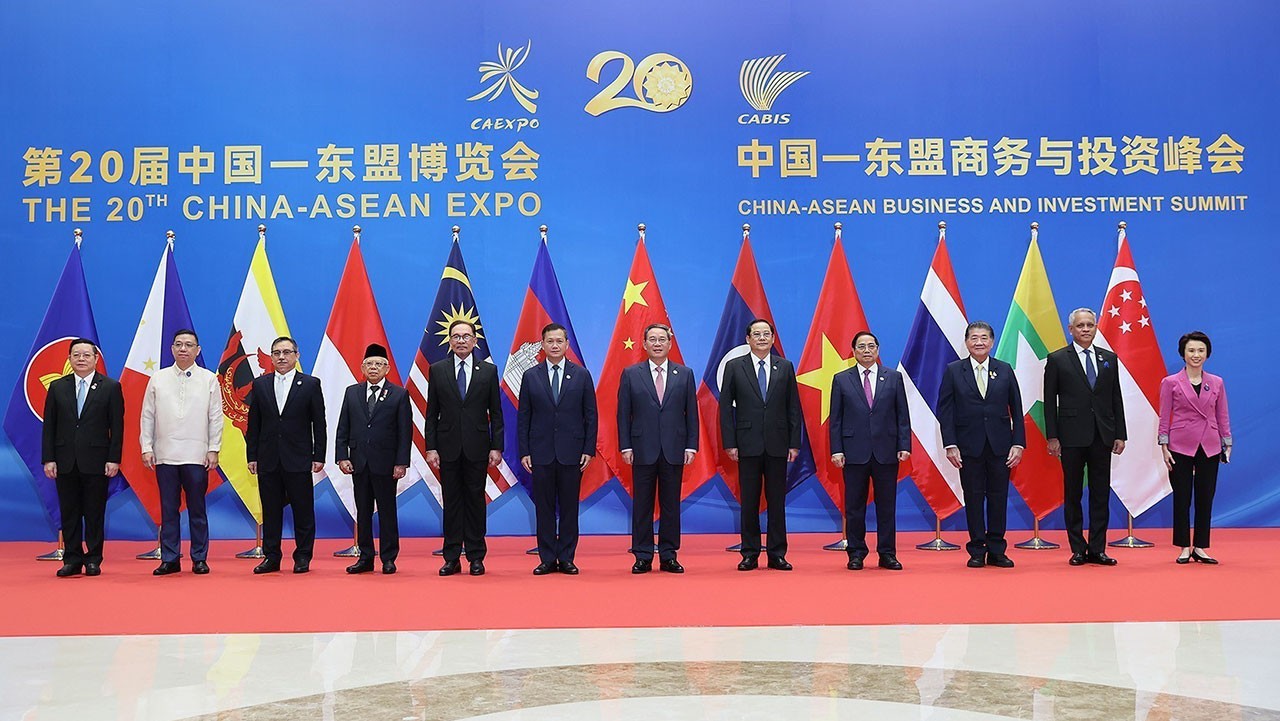 |
| Prime Minister Pham Minh Chinh and heads of delegations attend the opening ceremony of the 20th CAEXPO and CABIS. (Photo: Duong Giang) |
Speaking at the opening ceremony, Prime Minister Pham Minh Chinh emphasized that CAEXPO and CABIS are important and prestigious events on economic , trade and investment cooperation between the ASEAN and China business community. After 20 editions, CAEXPO and CABIS have become symbols and leading flags of economic, trade and investment cooperation between China and ASEAN.
The past twenty years have witnessed remarkable progress in China-ASEAN relations, with bilateral trade rising from just 78.2 billion USD in 2003 to 975.6 billion USD in 2022, making China and ASEAN each other's largest trading partners and leading investment partners.
In order to strengthen economic, trade and investment cooperation between ASEAN and China as well as take advantage of the CAEXPO and CABIS mechanisms to bring practical benefits to countries in the region, Prime Minister Pham Minh Chinh suggested:
Strongly promote balanced and sustainable development of bilateral trade, strive to make ASEAN China's first trade partner to exceed 1,000 billion USD; coordinate to build a chain from raw material areas to production centers and product consumption systems of each country; continue to open markets, fight protectionism, cooperate to improve the capacity to adapt to new standards, new tastes, and green products. Promote cooperation in science and technology, innovation.
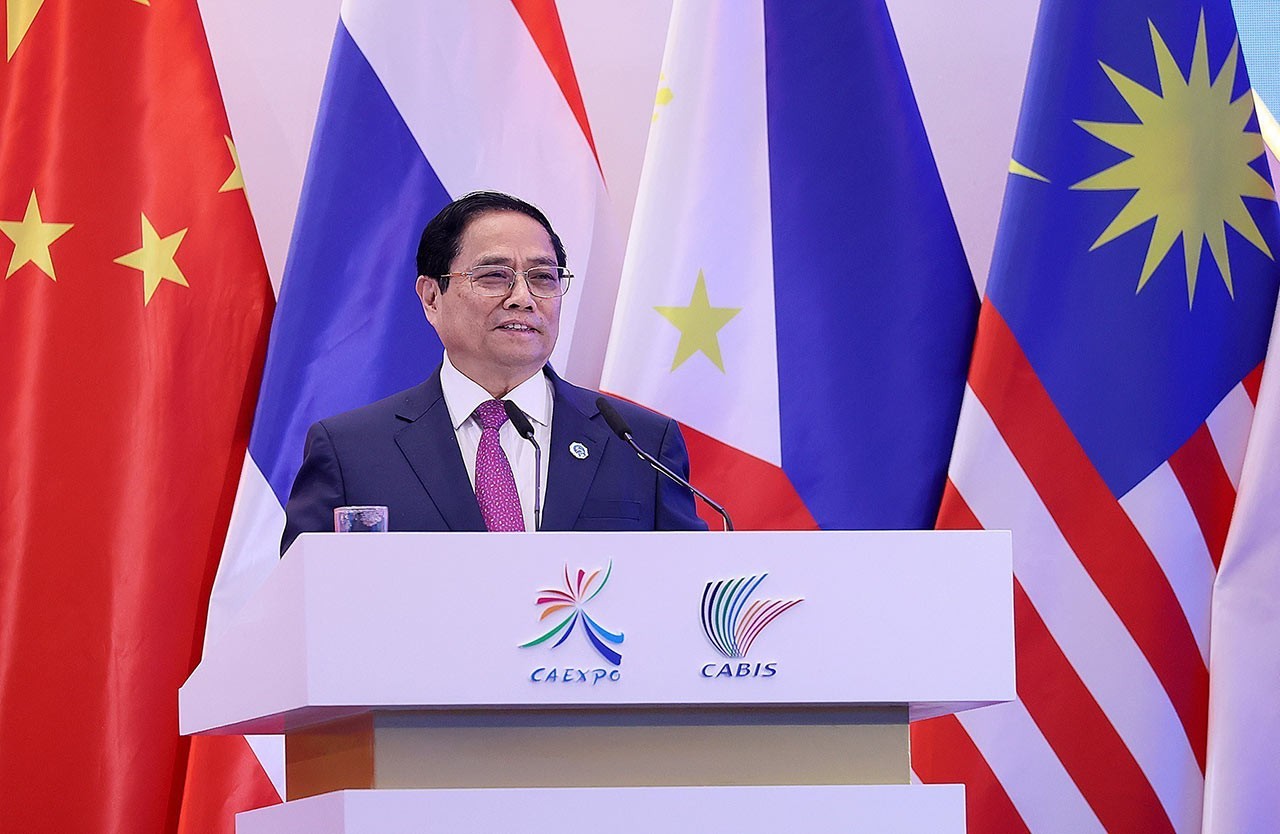 |
| Prime Minister Pham Minh Chinh speaks at the opening ceremony of the 20th China-ASEAN Expo and China-ASEAN Business and Investment Summit in Nanning City, Guangxi Province, China, on the morning of September 17. (Photo: Duong Giang) |
Strengthening strategic connectivity to develop both hard and soft infrastructure; promoting high-quality, harmonious and mutually beneficial connectivity between the “Belt and Road” and ASEAN’s Viewpoint on Indo-Pacific Cooperation, as the common perception of leaders at the recent ASEAN-China Summit; enhancing connectivity of transport infrastructure, multimodal transport, especially railways and roads; spreading and connecting more widely to ASEAN countries as well as through China to bring ASEAN goods to Europe, Central Asia, etc.
Strengthen people-to-people exchanges and cooperation in culture, tourism, and aviation, striving to restore tourism cooperation to pre-Covid-19 levels. At the same time, promote cooperation in emerging fields, creating new growth drivers such as green economy, digital economy, circular economy, new materials, and sharing economy.
During this process, the ASEAN and Chinese business communities proactively learn, exploit, and help each other to make the most of opportunities from CAEXPO and CABIS, turning potential and cooperation opportunities into specific results and products.
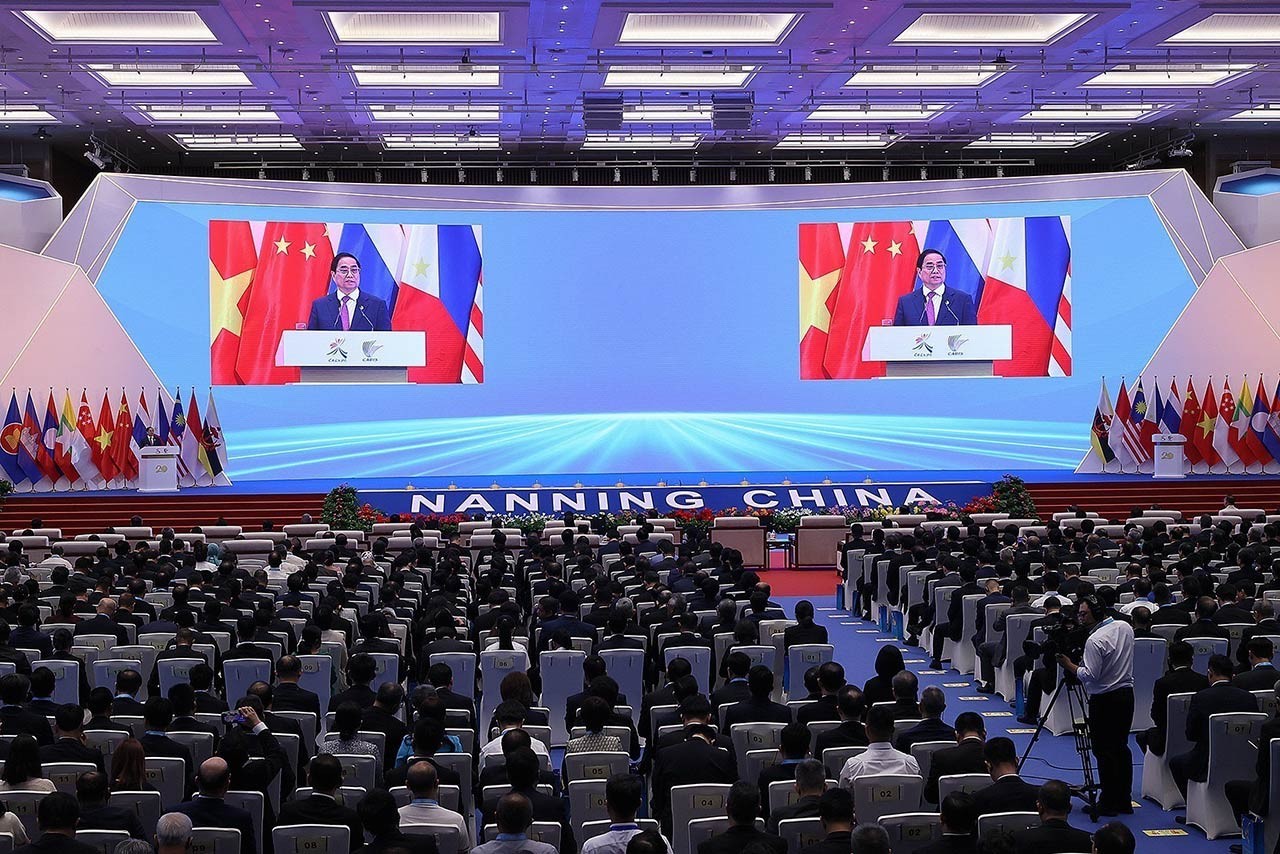 |
| Panorama of the opening ceremony of the 20th China-ASEAN Expo and China-ASEAN Trade and Investment Summit in Nanning City, Guangxi Province, China, on the morning of September 17. (Photo: Duong Giang) |
Prime Minister Pham Minh Chinh affirmed that Vietnam is an active member contributing to the overall success of 20 CAEXPO and CABIS. At this fair, Vietnam's trade pavilion is the largest after the host country China, with the participation of 120 enterprises, 200 booths, with diverse, high-quality products in fields where Vietnam has strengths and is highly complementary to the Chinese market.
Vietnam hopes to continue working with China and ASEAN countries to promptly complete negotiations to upgrade version 3.0 of the ASEAN-China Free Trade Agreement; upgrade road and railway infrastructure connectivity, and pilot the expansion of the smart border gate model to better meet the investment, business, trade, cultural and tourism needs of the business community and people of each country.
Speaking at the opening ceremony, Chinese Premier Li Qiang affirmed that China and ASEAN have become the most successful and vibrant model in Asia-Pacific regional cooperation. Over the past 20 years, China-ASEAN trade has increased 16.8 times, the two sides have been each other's largest trade partners for three consecutive years, with cumulative two-way investment of more than 350 billion USD.
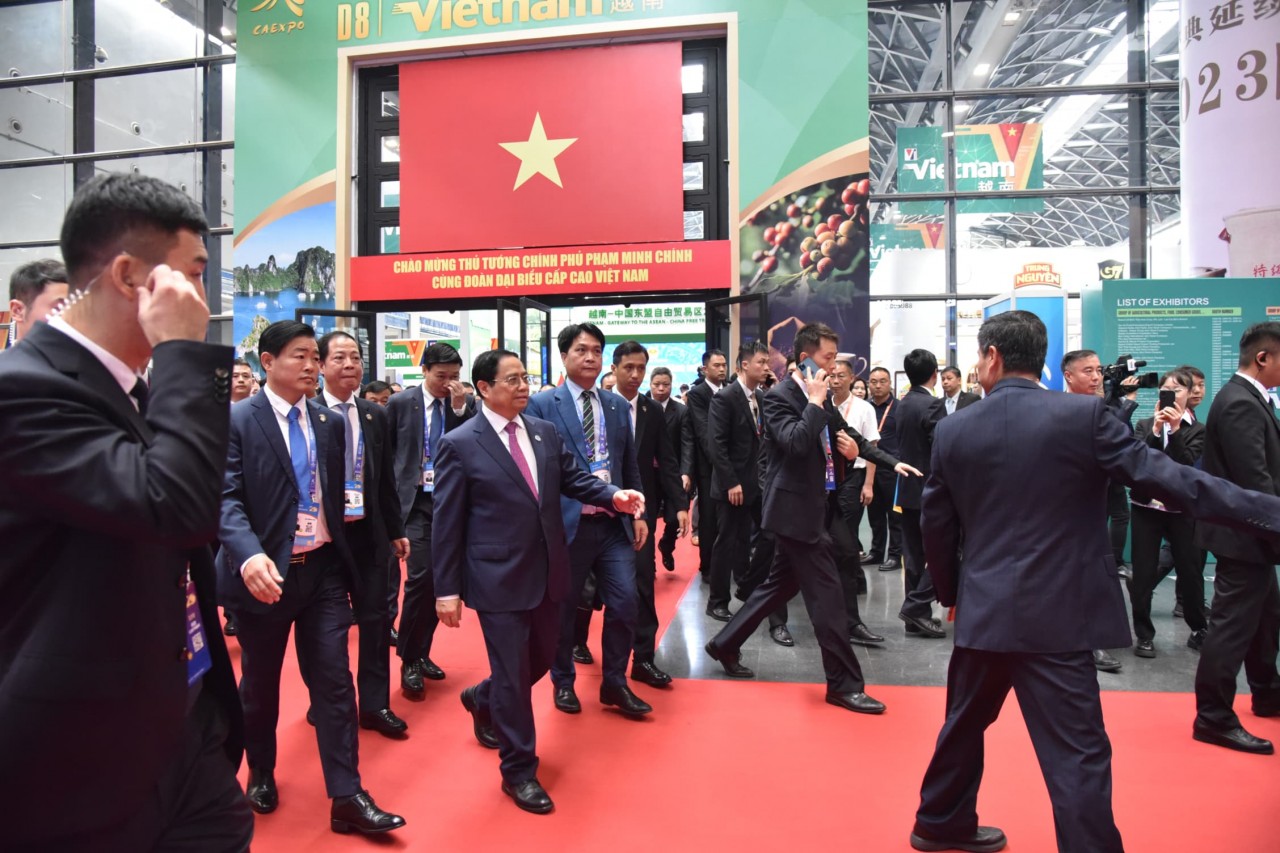 |
| Prime Minister Pham Minh Chinh and delegates visited the exhibition area of Vietnam, China and ASEAN countries. |
The two sides are constantly creating new areas of cooperation and closely cooperating on issues of poverty reduction, climate change response, environment, and energy transition. China adheres to the neighborly diplomatic principle of “friendliness, sincerity, mutual benefit, and tolerance” in its cooperation with ASEAN countries and will continue to devote more efforts to this direction, firmly supporting ASEAN’s central role in regional cooperation.
To promote cooperation in the coming time, Chinese Premier Li Qiang suggested that China and ASEAN focus on: (i) strengthening close relations, maintaining regular dialogue and exchanges, enhancing common awareness, narrowing differences, expanding cultural, tourism, training and youth cooperation to consolidate the foundation of people-to-people friendship; making good use of cooperation mechanisms, creating a forum for sustainable cooperation and exchanges for businesses; (ii) further consolidating the foundation of sincerity and trust.
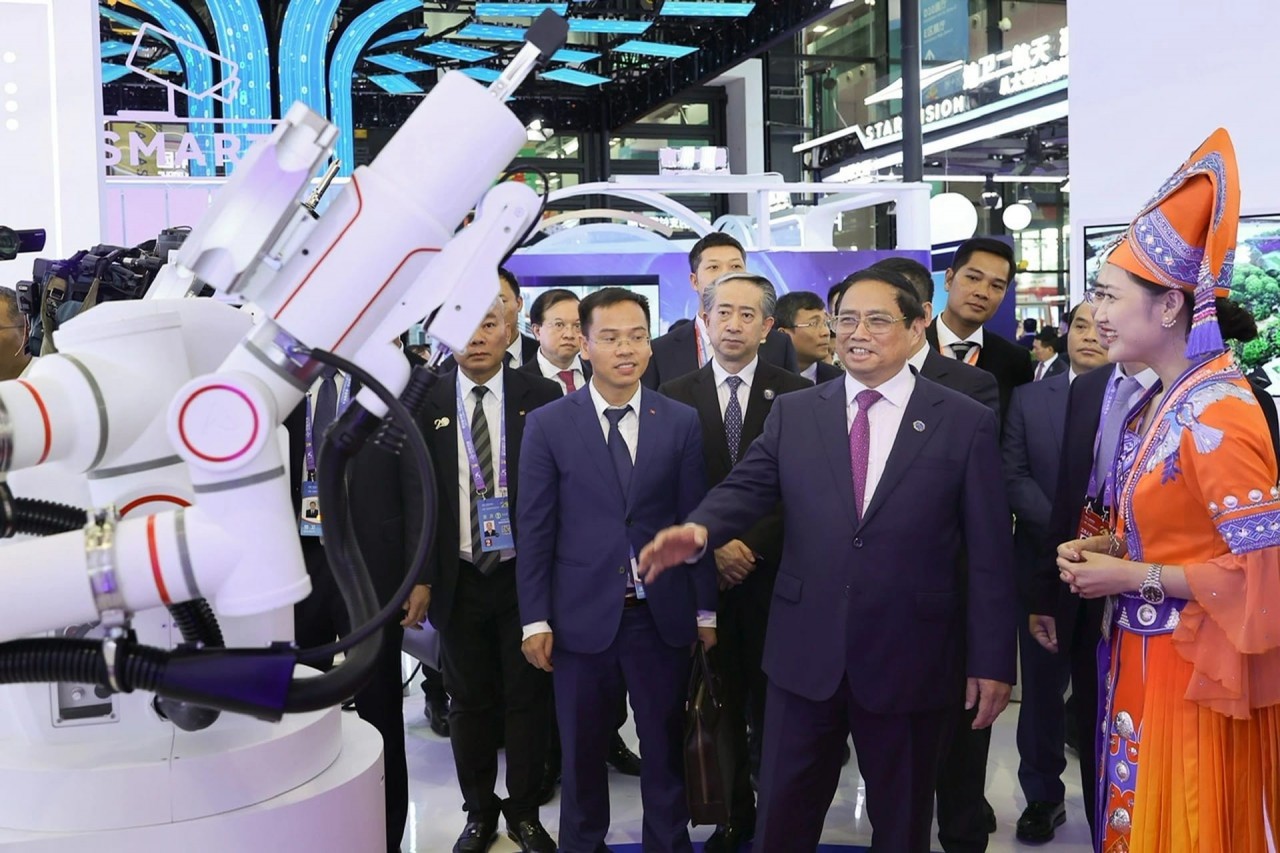 |
| Prime Minister Pham Minh Chinh visits a booth displaying Chinese high-tech products. |
China will persistently cooperate sincerely with ASEAN countries and is willing to implement cooperation agreements through practical actions; persistently open up and deepen opening up in terms of regulations, management, and standards, promote and protect fair competition, and create a safe and favorable investment and business environment; (iii) further enhance common interests, promote mutually complementary economic advantages, cooperate in development on the principle of mutual benefit, and further enhance the level of interest linkage.
China is willing to continue to expand the import of strong products from ASEAN countries, improve the level of regional connectivity; expand cooperation in new areas such as green growth, digital economy, etc., build more stable and smooth regional industrial chains and supply chains; (iv) strengthen inclusive cooperation, persist in openness, tolerance, and solidarity. China is willing to promote strategic connectivity between the “Belt and Road” and the development strategies of countries, support countries in realizing their development goals, promote regional integration, and promote the improvement of the level of liberalization and facilitation of regional investment and trade.
During his attendance at CAEXPO and CABIS, Prime Minister Pham Minh Chinh inaugurated and visited the Vietnam and China Trade Pavilion.
Source







![[Photo] Binh Trieu 1 Bridge has been completed, raised by 1.1m, and will open to traffic at the end of November.](https://vphoto.vietnam.vn/thumb/1200x675/vietnam/resource/IMAGE/2025/10/2/a6549e2a3b5848a1ba76a1ded6141fae)


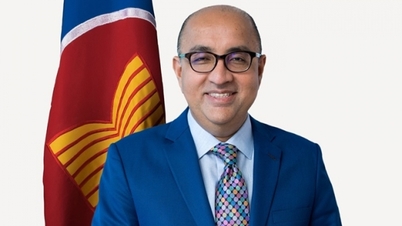
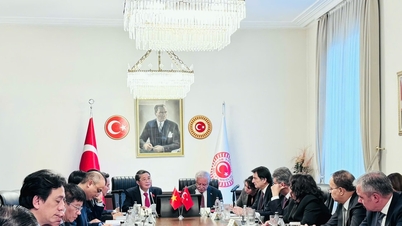

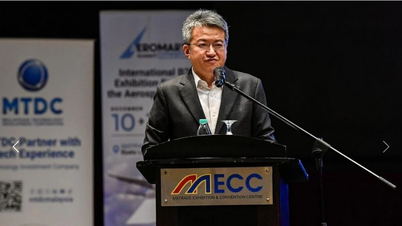

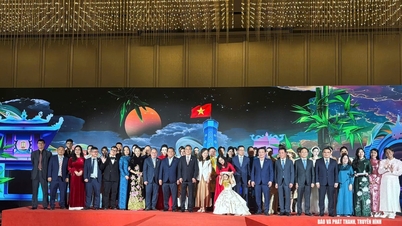

















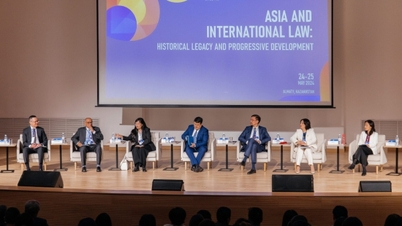

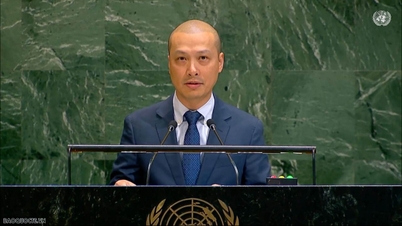
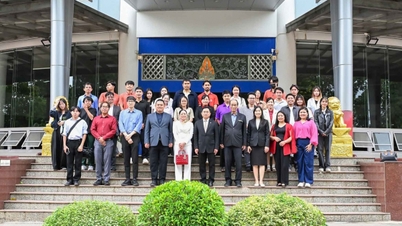
































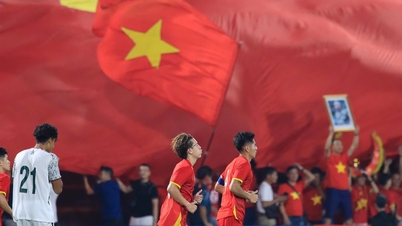



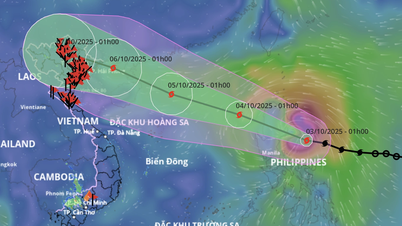
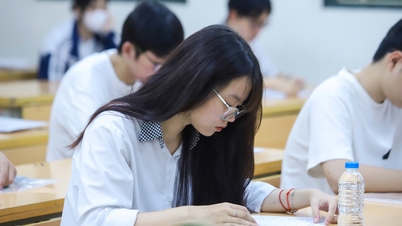
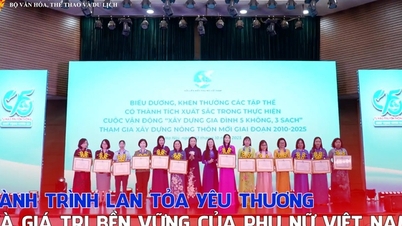






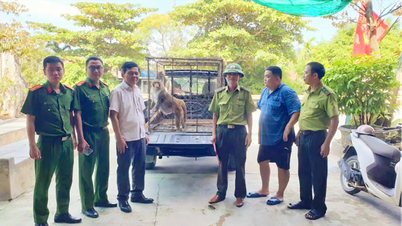

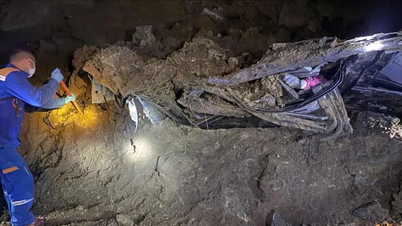



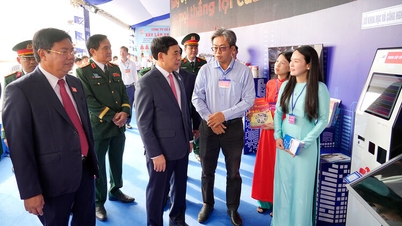


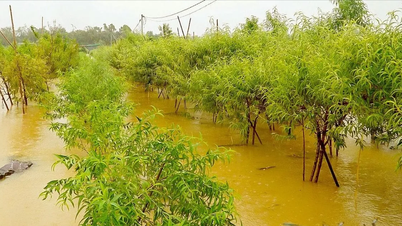













Comment (0)